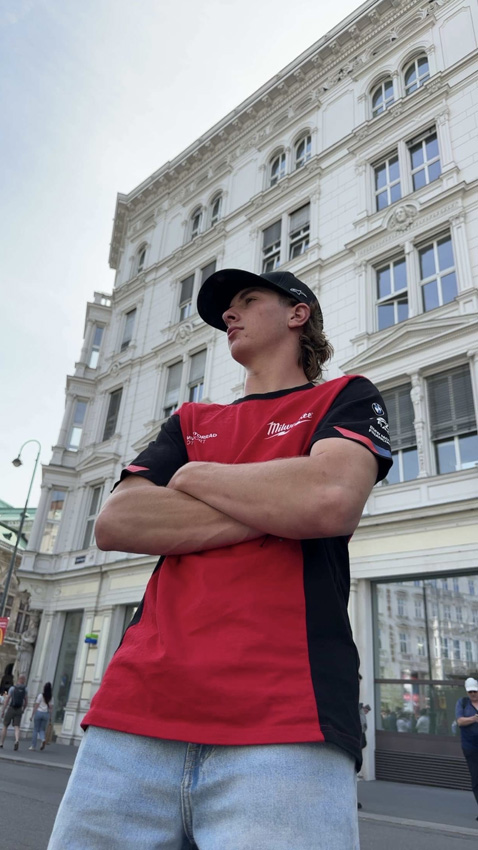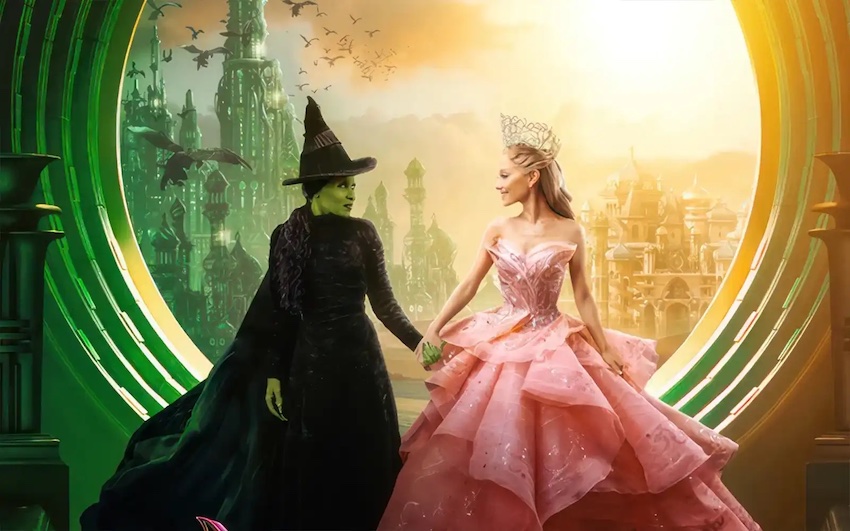Long throughout the annuals of high school lore, the debate has raged on. Is colorguard a sport? An obvious first step in answering this question is defining “sport”.
The American Heritage Dictionary of the English Language, Fourth Edition defines a sport as a physical activity that is governed by a set of rules or customs and often engaged in competitive situations.
Colorguard involves coordinated movements with various accessories such as flags and rifles. It also involves demanding practices and rigorous workouts.
“We don’t just walk around holding a flag up,” guard veteran Crystal Stallings, ’04, said. “Not just anyone can be in guard. It takes a lot of hard work and talent.”
Many other sports bear a striking resemblance to colorguard. Rhythmic gymnastics (an Olympic sport) involves gymnasts who act around an apparatus such as a ball or hoop.
Colorguard is actually more physically demanding because of its military origins. In order to achieve a first place, the guard is required to exhibit precision marching talents. This is very difficult to accomplish, as correct marching is extremely strenuous.
Additionally, the guard begins their program frozen in place for an extended length of time, requiring copious athletic ability. After this, the guard begins to display their graceful movements to the watching crowd. This looks simple, but demands talent and practice to achieve the smoothness and style.
Colorguard also has a tradition of demanding coaches. These people attempt to extract the best out of the squad by requiring rigorous exercises.
Senior Carolyn Simpson, colorguard member, says colorguard is a sport because of the talent it requires. Plus, guard participants need athletic training, strong muscles and perform under a set of rules in competitive situations.
Simpson’s opinion is valid and supports the dictionary’s definition.
Now is the time to give our girls the recognition they deserve. They are really awesome, and deserve better than what we give them.






